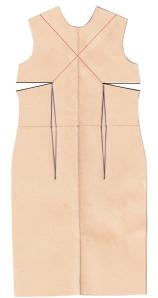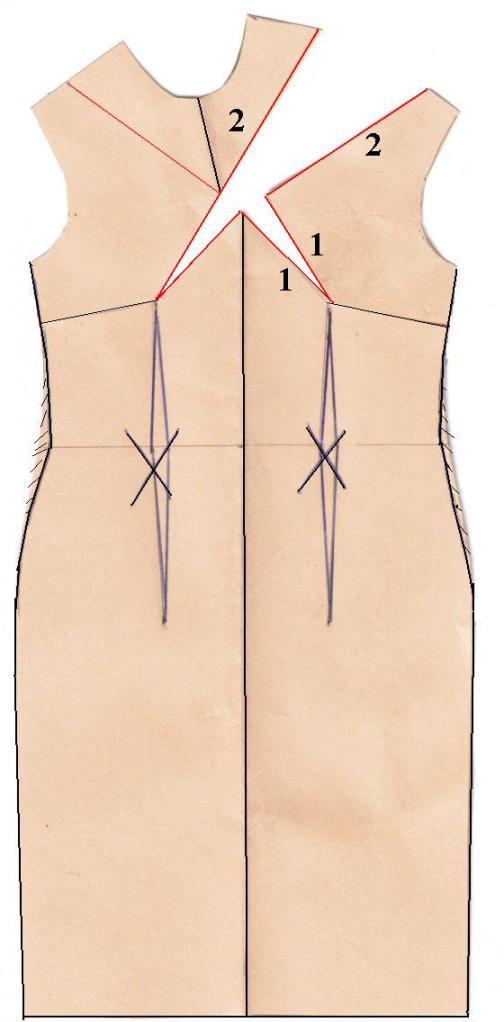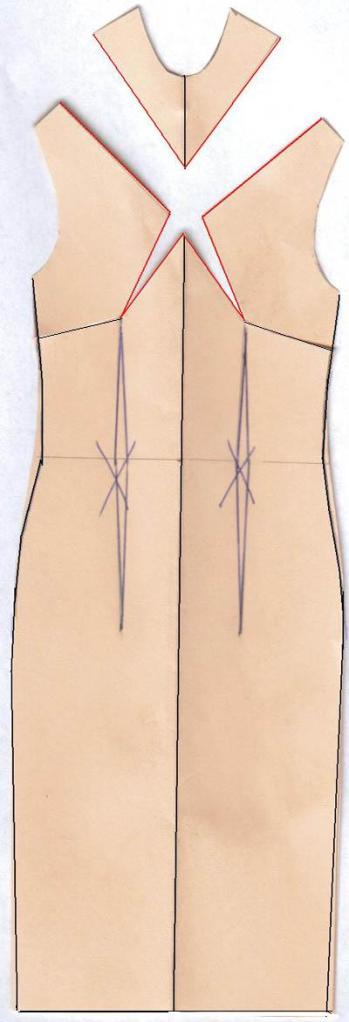
Free Pattern HP's Slinky Shrug
The Slinky Shrug is available through yet another collaboration between Hot Patterns and the folks at Fabric.com. The link to download the pattern is http://csi.fabric.com/shrug
This could be such a quick and easy gift done in elegant fabrics 🙂 and a wonderful bed jacket for reading in bed or shoulder warmer to wear while hand sewing in a chair by the window. Imagine how pleasing that would be for your special person to receive.
Having cut my 21st century pattern using teeth on a pattern drafting software program I might have a trick that can make it easier for you to procure this free pattern.
I downloaded the PFD file and saved it to my computer. Then I examined my printer’s settings carefully. We want the printer to make no amendments to the pattern size or shape. We’ll even sacrifice some of the cutting lines to make sure nothing changes.
First, let’s make sure the printer doesn’t distort your pattern. Turn off the page scaling! Don’t allow any setting like fit to printable area! Don’t have it shrink to printable area. Make sure all other boxes that might affect the size of the printing are unchecked.
You can print out all the 27 pages like I did

That’s 4 columns of 7 pages each, plus the cover page and 2 pages of instructions…
Or you can take the easy way out, benefit from my compulsiveness, and print only those pattern pieces you really need.
Because the page notations made by the pattern drawing software doesn’t match the page numbers that the printer will print I had to do lots of counting and recounting but I’ve printed everything out using the following commands and got all the pages needed to make up the 2 pattern pieces. You can see my confused and confusing notations below, but please ignore them and focus instead on the shape of the pattern
The Front

and the Back.

To print the front “cover page” and instructions: make 3 separate commands to your printer. Have it print page 1, and then page 8, and then page 15. Done and there is no need to tape these together although you can see I did tape the first 2 together…Sigh.

To print out the main pattern pieces (there are only two)
Back (cut 1 on fold) make 3 separate commands that your printer print pages 5 – 7, and then 13-14, and then 20-21. These pages will show you sizes 6 through 22.
You’ll need to print page 25 if you are cutting a size 26 and want the reassurance of having the line to cut on. The cutting line for size 24 lies right on the edge of the page so it doesn’t even print out at all.
No worry, all you have to do is measure the incremental increase between the other sizes and add that much to find the cutting line for size 24 and size 26.
Butt the edges of the pages together and tape.
Front (cut two pieces) print pages 10-11, and then 17-19, and then pages 22-25. Tape them together and you are all done with the tedious paperwork.
Butt the edges of the pages together and tape.
Now you can cut out your main fashion fabric.
To make the ribbing cut straight pieces with the fabric stretch going the length (long wise) of the piece being cut.

Remember that the exact length may have to be adjusted to suit the “stretch” of your ribbing so cut long and stretch test!
Front ribbing piece. Cut one piece on the fold: 11 3/4” wide x 22 3/4 for size 6, add 3/8″ for each size you go up from size 6. So size 10 would be 23 1/2, etc
Back Hem Ribbing piece: again 11.75″ wide, cut on on the fold. The incremental on the back is 1/2 inch so size 6 is 8 5/8″, size 10 is 9 5/8, etc
Cuffs pieces are 5 3/4″ wide, size 6 is 10 7/8, and sizes up by a 3/8ths increment.
—————————
All that said: I cut the pieces all extra long so I could adjust for easing and stretching.
—————————
All seam allowances are 3/8″. I used the serger to join the wool boucle pieces together at the shoulder seams and side seams. It’s too easy to do it any other way. Of course you can also cut a lining and bag the ribbing with just a little hand stitching to close it up.
And might you have trouble finding ribbing, you can also experiment with knitting some ribbing or even using a stretch fabric that coordinates with your fashion fabric.
I pretended I didn’t have my stash of rayon ribbing to use because so many of us do not (to your great relief, believe me!) and I looked around for a knit to use.
I found knit faux fur!
It has a stiffening finish on the knit side that can be loosened by steam so I steamed and stretched to match the curves of the shrug: stretched the cut edges around the neck area and stretched in the fold area around the bodice to the hips. I also eased in the fur through the rounded front pieces:

I used the exact widths for the cuffs and edge ribbing so you can see the results. I cut a size 14 throughout but adjusted the lengths of the faux fur since it does not stretch as much as ribbing would stretch.

Woven wool boucle with faux fur knit

Front of Shrug with Faux Fur for Ribbing
Outside our day has turned dark and rainy so I had to seriously alter these photos to show you any details at all

So wouldn’t this pattern make some great Holiday gifts?



















 Subscribe with Bloglines
Subscribe with Bloglines